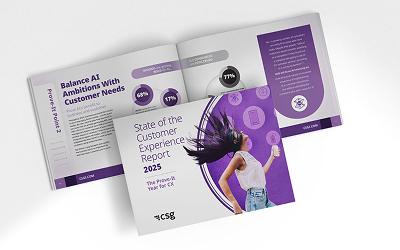The U.S. ranked last in access to healthcare, equity and care outcomes, according to a comparison of healthcare in 11 wealthy countries. Value based care isn’t working all that well, and neither is population health. The prevalence of chronic disease—such as cardiovascular disease—is rising. According to a recent study, the projected rates of cardiovascular risk factors (diabetes, dyslipidemia, hypertension, and obesity) and disease will increase significantly in the U.S. by 2060. To better manage chronic disease, improve patient outcomes and reduce costs, healthcare organizations must increase patient engagement and deliver personalized care and support.
Chronic Disease Drives Healthcare Costs
Chronic diseases are the leading causes of death and disability; accounting for 90% of the $4.1 trillion annual healthcare expenditure. Sixty percent of American adults have one chronic disease, while 40% have two or more.
Preventing chronic disease, and managing symptoms when prevention is impossible, reduces the health and financial costs. Care plan adherence is an area of opportunity that directly relates to patient engagement with your organization, as well as an investment in their own health.
Patient Engagement Is Key to Better Disease Prevention and Management
To improve health outcomes, organizations must increase patients’ engagement in their care. According to a recent survey of 2,055 U.S. adults, almost half, (49% of respondents specifically) would be looking for online appointment scheduling capabilities when choosing a new provider. Additionally, patients have higher expectations regarding communication since COVID-19. SymphonyRM surveyed almost 1,200 American consumers to determine how the COVID-19 pandemic impacted patients’ engagement preferences. More than half of survey respondents now expect digital appointment scheduling (58%), proactive communication from their physician (57%) and virtual appointments (54%).
Three Ways to Improve Patient Engagement
To be engaged in their care, patients must do more than just show up for appointments. They need to take medication, commit to lifestyle changes and/or monitor their blood pressure, blood sugar and other vitals via remote patient monitoring tools. Successful patient engagement strategies span the care continuum, helping patients develop healthy habits that prevent or improve chronic diseases.
Here are a few ways to increase patient engagement by taking a patient-centric journey approach:
Meet patients where they are—online and on their smartphones.
Elevate your patient experience maturity with dynamic digital front door for appointment scheduling, appointment reminders, check-in, test result delivery and bill pay make patients’ healthcare interactions quick and convenient.
Provide tools to help patients follow treatment protocols between visits.
Send automated prescription refill reminders and push notifications to prompt patients to take their medication, measure their blood pressure and/or go for a walk. Use push notifications to send patients relevant educational materials. Remote patient monitoring of glucose, blood pressure, cardiac rhythm and other health data provides feedback to patients and clinicians, increasing patient engagement and allowing clinicians to adjust treatment regimens when needed.
Use data analytics to personalize the patient’s journey.
Deliver the right messages at the right time via the patient’s preferred communication channel. Customize patient communications based on their individual preferences, behavior and history. A sedentary, diabetic patient may want to receive text messages in the morning (her preferred mode and time), reminding her to take a 20-minute walk (her specific goal).
Where do you start personalizing the patient’s journey? You need a healthcare-specific solution that illuminates exactly where the crucial moments are to make a difference in a patient’s day-to-day management of their chronic disease.
Get started here by understanding your organization’s patient experience maturity.










